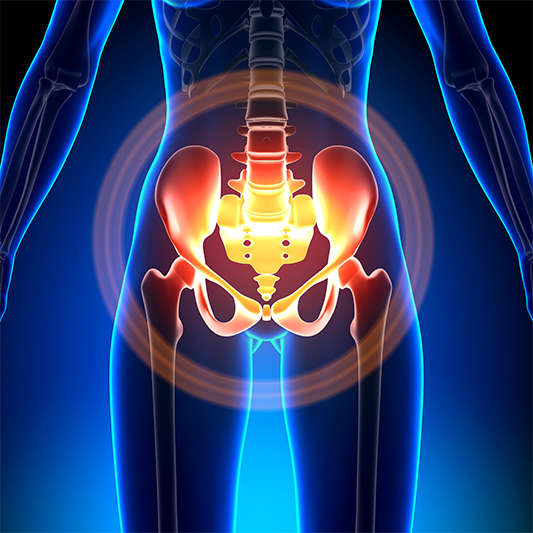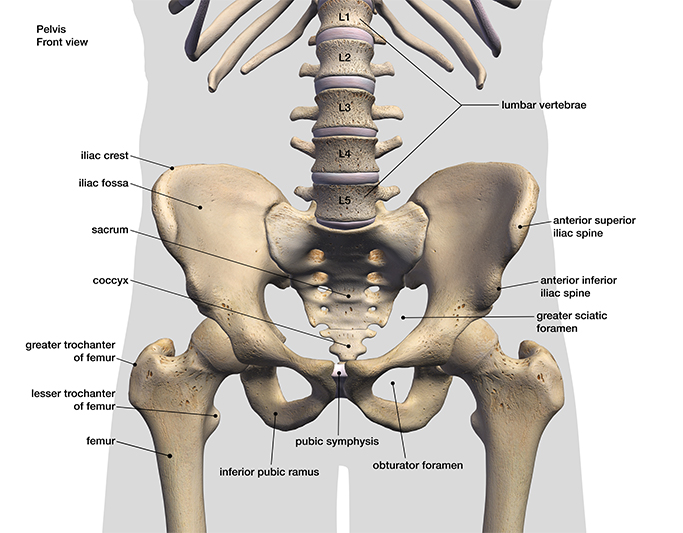Pelvic Pain in Beverly Hills

Pelvic pain can often be felt from the lower abdomen (below the belly button), to the groin, rectal area, perineum, inner hip region/thighs, or buttocks. It can be in the form of a sharp and stabbing pain in one particular spot, or a dull, spread out pain. In severe cases, the pain can prevent you from performing your daily activities.
Causes of Chronic Pelvic Pain

For women, pain in this region can be caused by many conditions and diseases, including ovulation and menstruation, bladder conditions, intestinal obstruction, and infections. It could also be caused by sexual dysfunction. Generally, the pain may be a sign of an issue with one of the organs in this area, such as the reproductive organs (ovaries, uterus, oviduct, cervix, or vagina), or lower digestive tract (lower intestines or rectum). In these instances we recommend evaluation by a specialist in the respective field. The pain may also arise from musculoskeletal disorders which may involve the muscles, bones, tendons, or ligaments in the region which are often overlooked.
Chronic pelvic pain also affects men and may occur due to any of the following:
- Sexually transmitted diseases (STDs)
- Urinary tract infections (UTIs)
- Chronic Prostatitis
- Musculoskeletal disorders
In some cases, the pain may be a sign of a more serious medical condition that requires further investigation.
Diagnosis of Chronic Pelvic Pain
Chronic pelvic pain tends to be multifactorial which may make the diagnosis of its primary cause as well as its treatment complicated. To diagnose the origin of pelvic pain, the doctor will perform a thorough exam, take a detailed medical history, and order the necessary medical tests such as lab work and imaging. This is done while considering both gynecological and non-gynecological causes such as:
- Gynecological factors - endometriosis, adhesions, chronic pelvic inflammatory disease
- Non-gynecological factors - urinary, gastrointestinal, musculoskeletal, neurological, and psychosomatic factors.
Pelvic Pain Treatment
Treatment for pelvic pain depends on the cause, severity, and frequency of the pain. The goal of treatment is to improve overall function and quality of life.
Medical management may include the use of analgesics, oral contraceptives, and tricyclic antidepressants for neuropathic pain. In certain situations, patients may benefit from injections or minimally invasive procedures. In some cases, surgical interventions may be necessary.
Some patients may show improvement from physical therapy, behavioral interventions, or a hybrid of physiotherapy and cognitive psychotherapy to promote awareness of one’s body and develop coping strategies.
The treatment plans at Orthopedic Pain Institute are highly individualized considering the specific situation, wants, and needs of each person. Schedule your consultation to learn more about how we can treat your pelvic pain.


